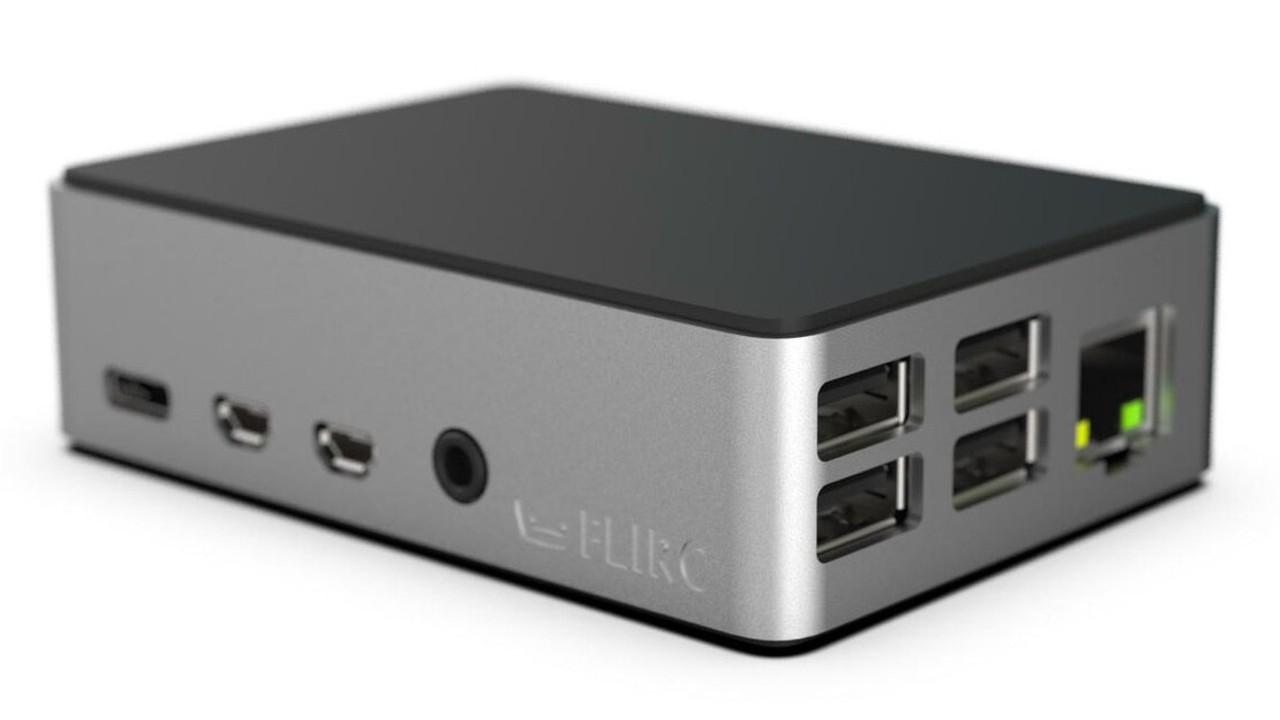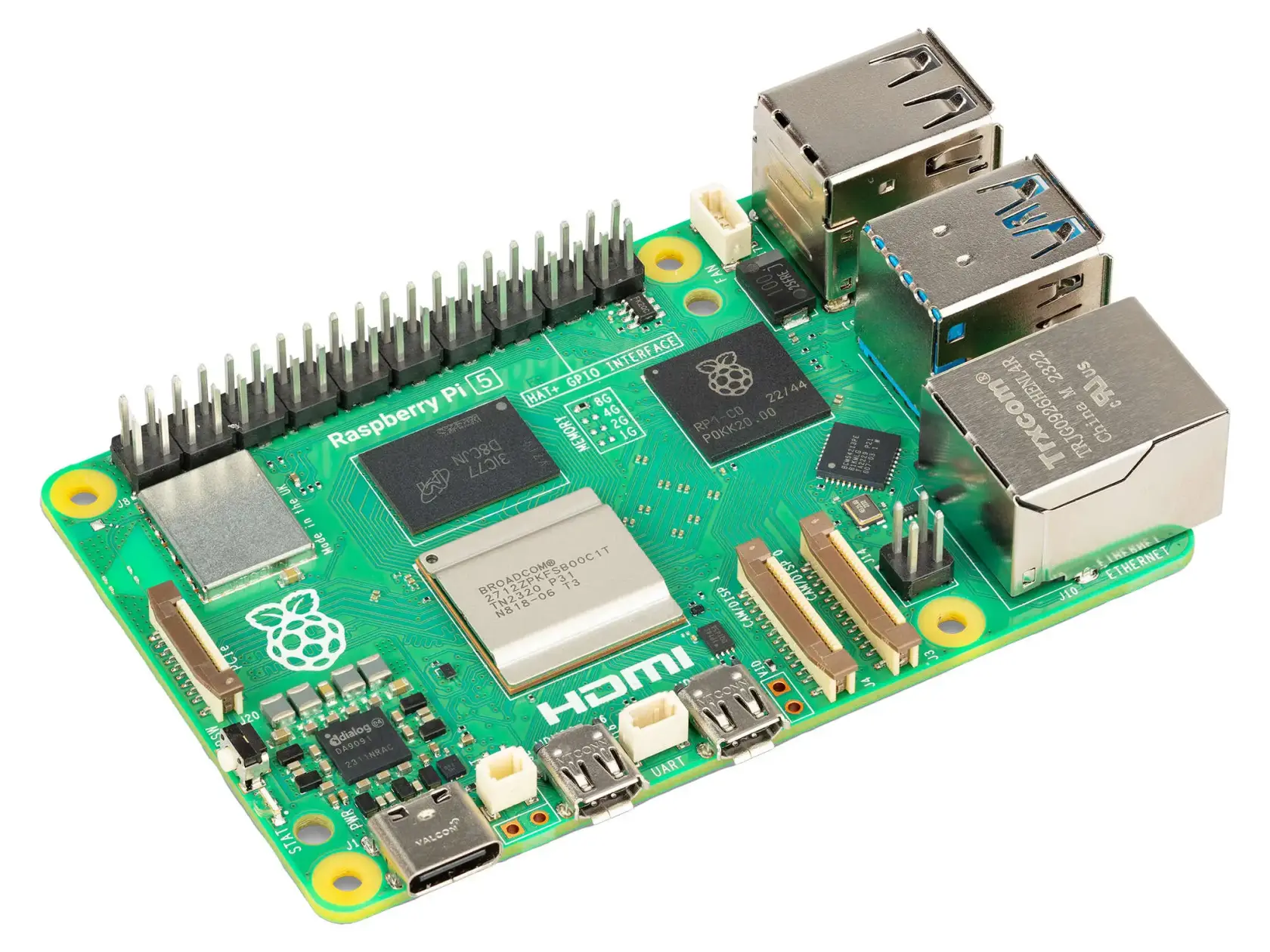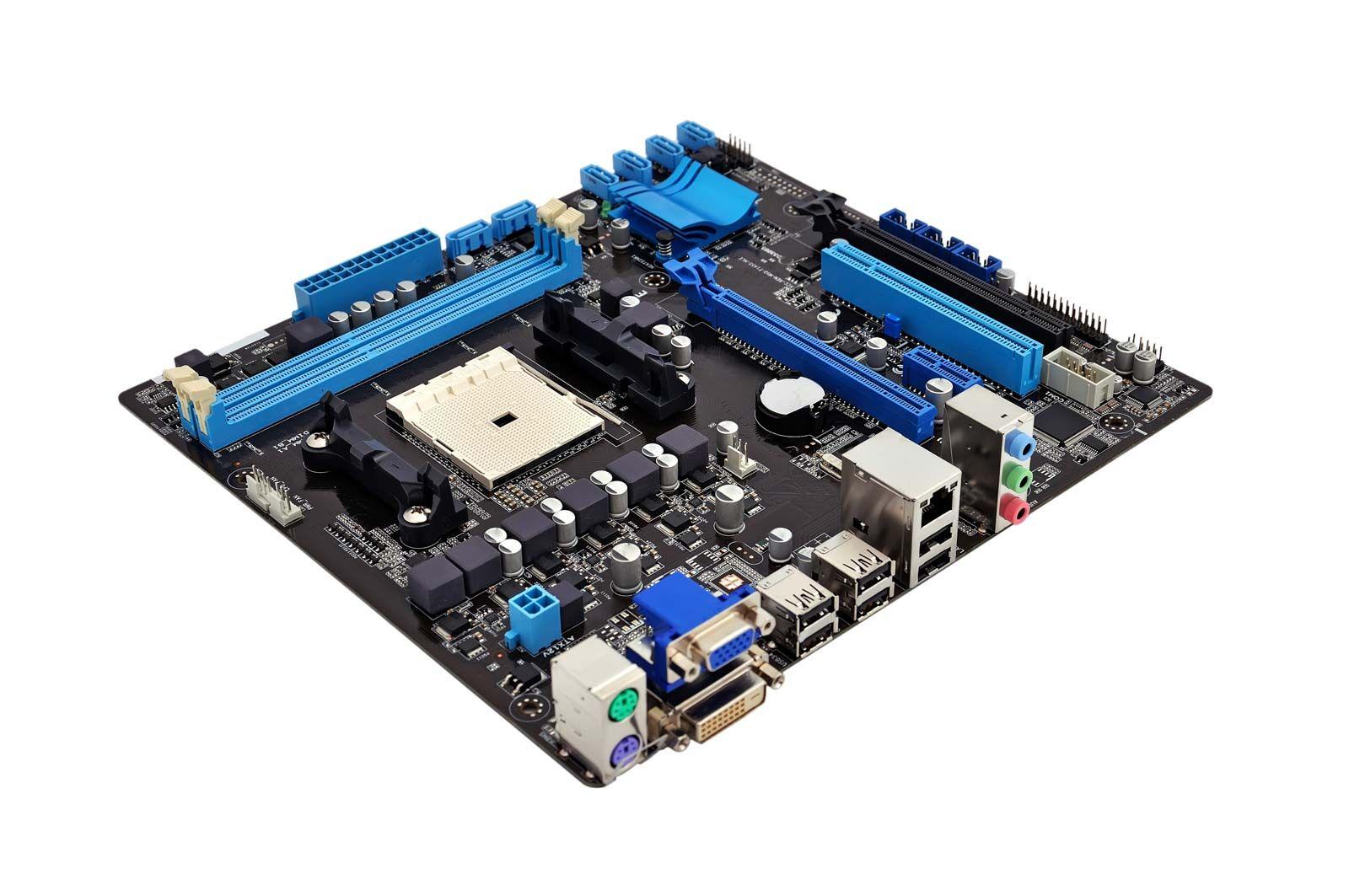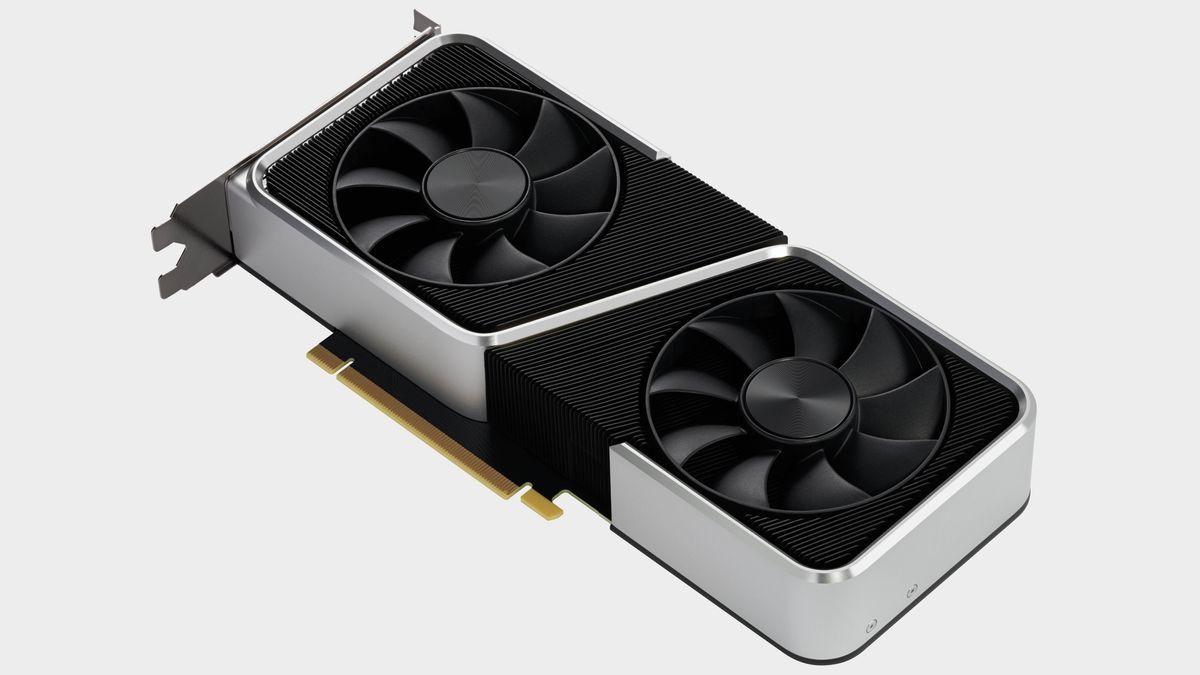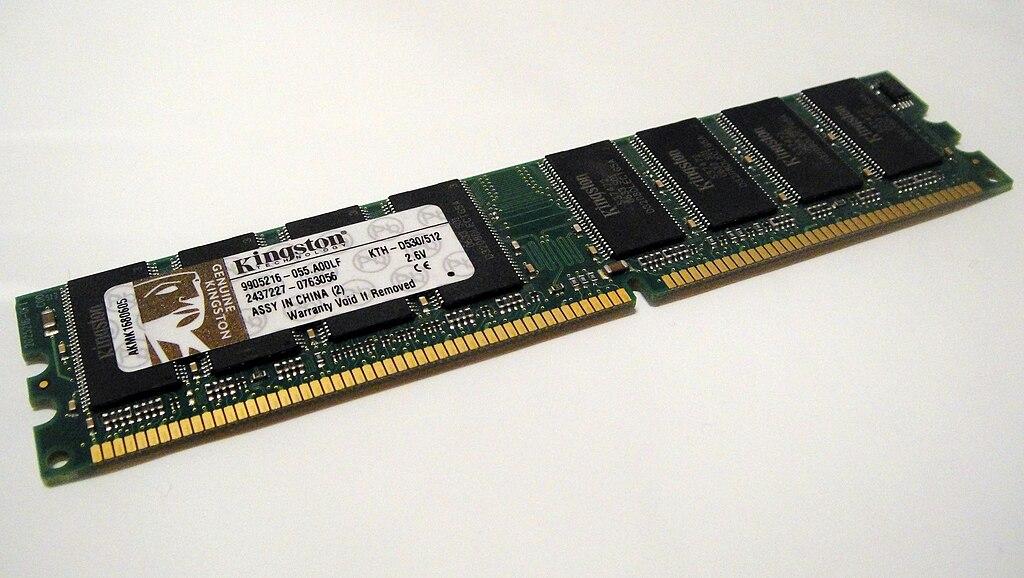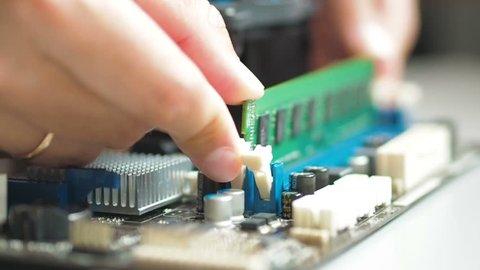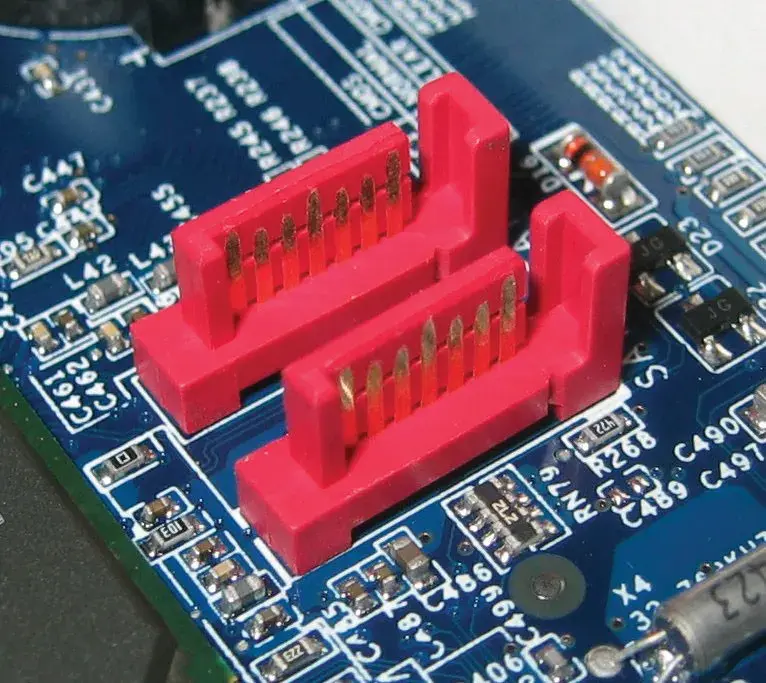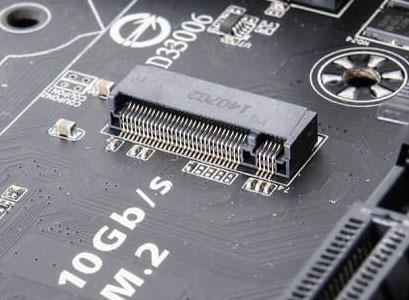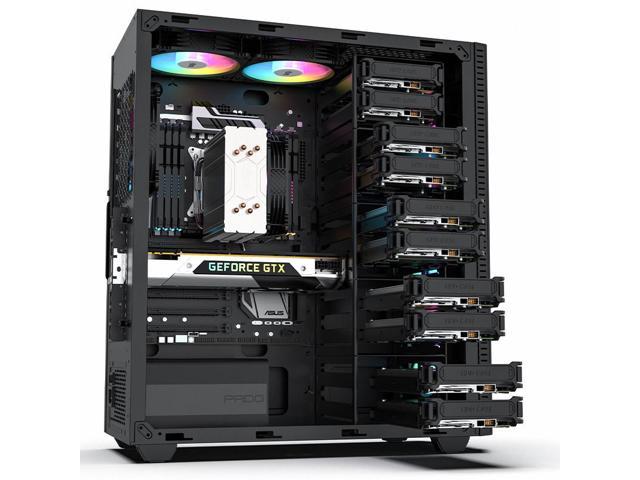Computer
What you're planning on doing with your server will dictate the hardware you'll need to fulfill those requirements.
|
Raspberry Pi 4 |
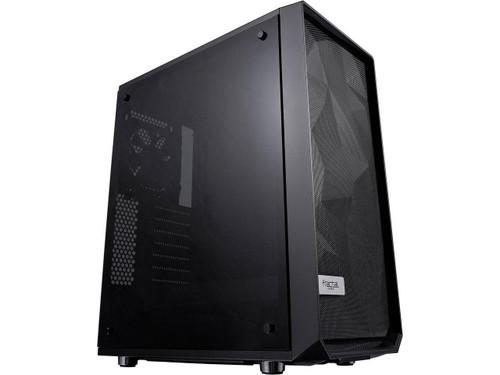 Desktop Computer Desktop Computer |
When you're running one or two services, a Raspberry Pi would probably suffice, while running your own personal cloud services might require a refurbished desktop computer.
Running your owna media server may require a faster processor, a decent graphics card and adequate storage space for digital media.
Core Processor
Choosing the type of main processor you will use for your server is an important decision.
| Acute |
Released 2011 or newer |
| speed |
Speed 1.8GHz or higher |
Single-Board Computers
The Raspberry Pi – and other single-board computers – use a different type of processor than the one you'd find in a traditional desktop. ARM (Advanced RISC Machine) is a new class of processors that are in the same family as the one that power your cellphone. Built
These cost-effective mini computers are great hosting a personal website, BitWarden, Home Assistant or Grocy.
 |  |
Raspberry Pi computersthey are efficientnot enoughbuilt tosustained runheavy offloads ofand awill battery,overheat.
traditional
Personal need to be powered directly from a socket.Computers
Traditional computers – such as desktops, laptops and servers – use an evolution of the same processors first developed in the 1970s. They are known as x86 and named after the Intel 8086 that the architecture is based on.
These processors focus on sustained processing power and can handle much more intensive tasks. Most traditional computers come with active cooling mechanisms – such as fans or liquid cooling.
These types of computers are great for hosting your own personal cloud with varieda variety of services, such as OwnCloud, Jellyfin, qBittorrent, or media procurement services.
| |
|
Graphics ProcessingProcessor
WhileWhen Raspberryit Picomes computers are useful for small computational tasks, they can often lack the graphical processing necessary to do complex tasks. These computers do not dedicated graphics processors and instead rely onoperating a "system-on-a-chip" that shares graphical and computational power. Generally, these types of systems cannot be modified to add more graphical processing power.
Traditional computers have a powerful advantage here because they are so customizable. Modern processors have decently powerful graphic processors directly integrated into them. Thanks to the extensible PCI-e interface in desktop computers, we can install an additional graphics processor – or aserver, graphics cards –can withbe muchleveraged moreby dedicatedcertain power.applications.
Raspberryto Picomputational computers work well for sporadic tasks while traditional computers excel at hosting multiple services.
Dedicatedprocessors, graphics cards have specializedthe cores that allow themability to convertrun videosmany moreprocesses efficientlyin thanparallel. This is a CPU.great These can be helpfuladvantage for tasksimage thatand dealvideo with images – suchprocessing, as Jellyfinwell processingas asome moviegeneral-purpose forlarge-scale streamingdata throughanalysis aand medianumber server.
cruching.
| Acute |
Released 2016 or newer |
| Speed |
Processor Speed 1.0GHz or higher |
| Memory |
Memory Capacity 4GB or higher |
| Developer_board |
Interface PCI-e 3.0 or newer |
Single-Board Computers
While Raspberry Pi computers are useful for small computational tasks, they can often lack the graphical processing necessary to do complex image processing tasks. These computers do not dedicated graphics processors and instead rely on a "system-on-a-chip" that shares graphical and computational power.
Generally, these types of systems cannot be modified to add more graphical processing power. Newer models can have an attached PCI-e graphics card, but this requires an add-on board and can be complicated to setup.
Personal Computers
Traditional computers have a powerful advantage here because they are so customizable. Modern processors have decently powerful graphic processors directly integrated into them. Thanks to the extensible PCI-e interface in desktop computers, we can install an additional graphics processor – or a graphics cards – with much more dedicated power.
Dedicated graphics cards have specialized cores that allow them to convert videos more efficiently than a CPU. These can be helpful for tasks that deal with images – such as Jellyfin processing a movie for streaming through a media server.
Memory
The amount and speed of random access memory – or RAM – can affect the responsiveness of your server. Your server will need more memory when it needs to juggle multiple services at once.
Raspberry Pi computers are required to share their available memory with their graphics processor.
Traditional computers use the DDR class of RAM while Raspberry Pi computers use a "low-powered" variant called LPDDR. This can decrease its overall speed and responsiveness during multitasking. When possible, you should use as much RAM as possible.
| Memory |
Capacity 8GB or higher |
| Category |
Type DDR4 or newer |
Single-Board Computers
Raspberry Pi computers use a "low-powered" variant called LPDDR. This can decrease its overall speed and responsiveness during multitasking. These computers cannot have their RAM upgraded. Raspberry Pi computers are required to share their available memory with their graphics processor.
Personal Computers
Traditional computers use the DDR class of RAM. Unlike single-board computers, memory can be upgraded by purchasing RAM modules of the same type and timing.
Storage
When figuring out storage space for a server, there are generally two types that are employed to fulfill different roles. Platter disks are based on an older, well-tested technology originating in the 1950s. Modern hard disk drives commonly use the SATA protocol. They are slower, but can hold up to 20TB of storage per drive making them great for multimedia or document storage.
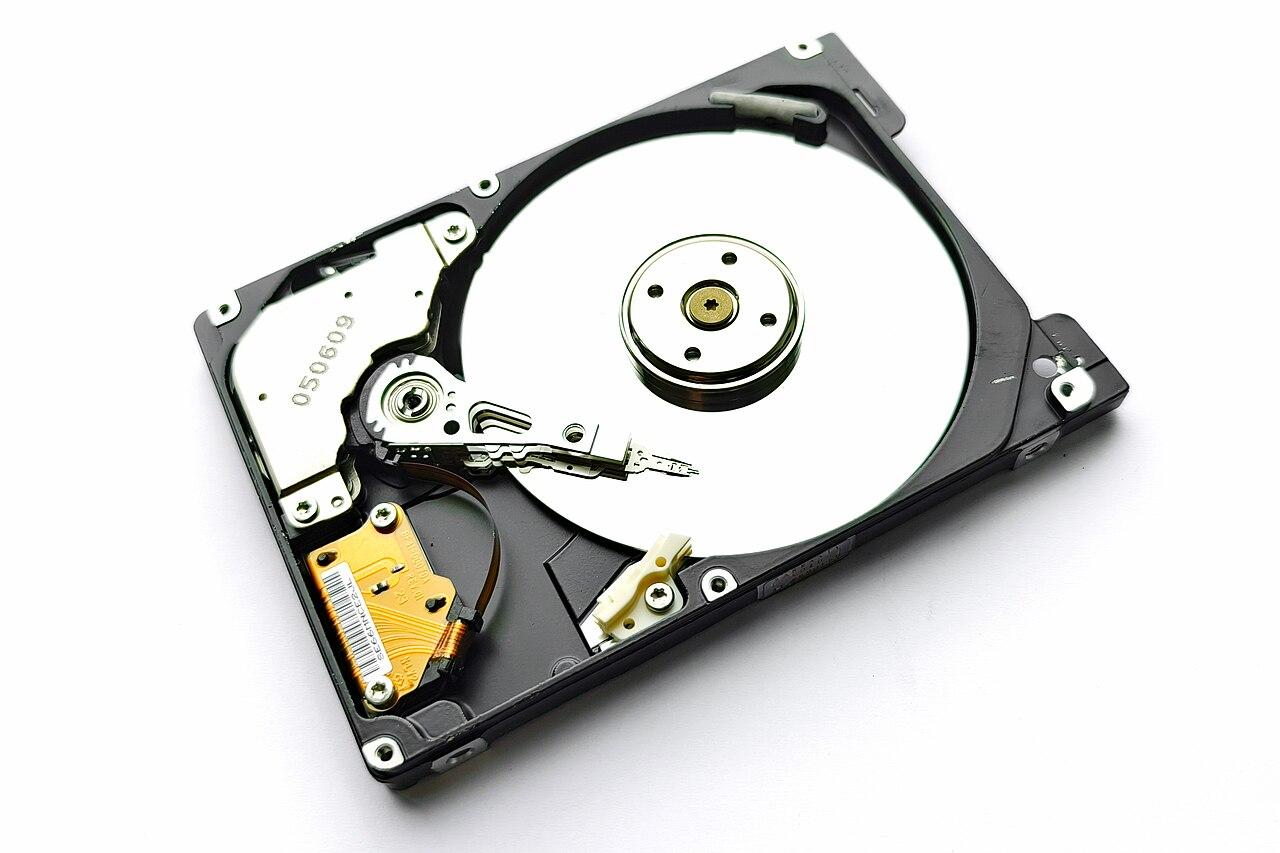 Platter Hard Disk Drive Platter Hard Disk Drive |
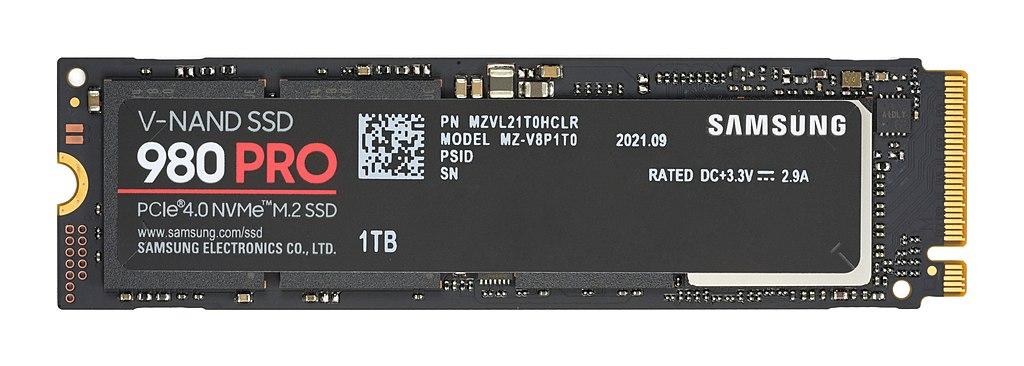 NVMe Solid State Drive NVMe Solid State Drive |
Solid state drives use the newer flash memory standard popularized by the smart phones. SSDs are incredibly fast, but storage space often comes at a premium price. These drives can use the SATA protocol like traditional hard drives, but they are increasingly available using an M.2 port. These "Non-Volatile Memory express" – or NVMe drives – transport data over the same speedy PCIe interface as graphics cards.
Solid state drives, especially NVMe drives, are the best option for storing the operating system and other configuration files. When hosting a media server – such as Jellyfin, Audiobookshelf or Kavita – storing databases, metadata, and other cache files on an SSD can greatly improve the media server's responsiveness.
Graph/table of different speeds SD, HDD, SSD, nvme, ram
Each of these storage drive technologies are available to be used as an external disk over a USB3.0 connection.
Talk about the importance of balancing throughout and bandwidth across multiple drives.
| Terminal |
Operating System SSD 150GB or greater, NVMe or SATA |
| Manufacturing |
Service Files SSD 150GB or greater, NVMe or SATA |
| Subscriptions |
Multimedia & Documents HDD |
Single-Board Computers
When using a Single-Board computer – such as the Raspberry Pi – the primary operating system is typically stored on a MicroSD flashcard. These are tied to rating systems that gauge the flash memories speed and performance.
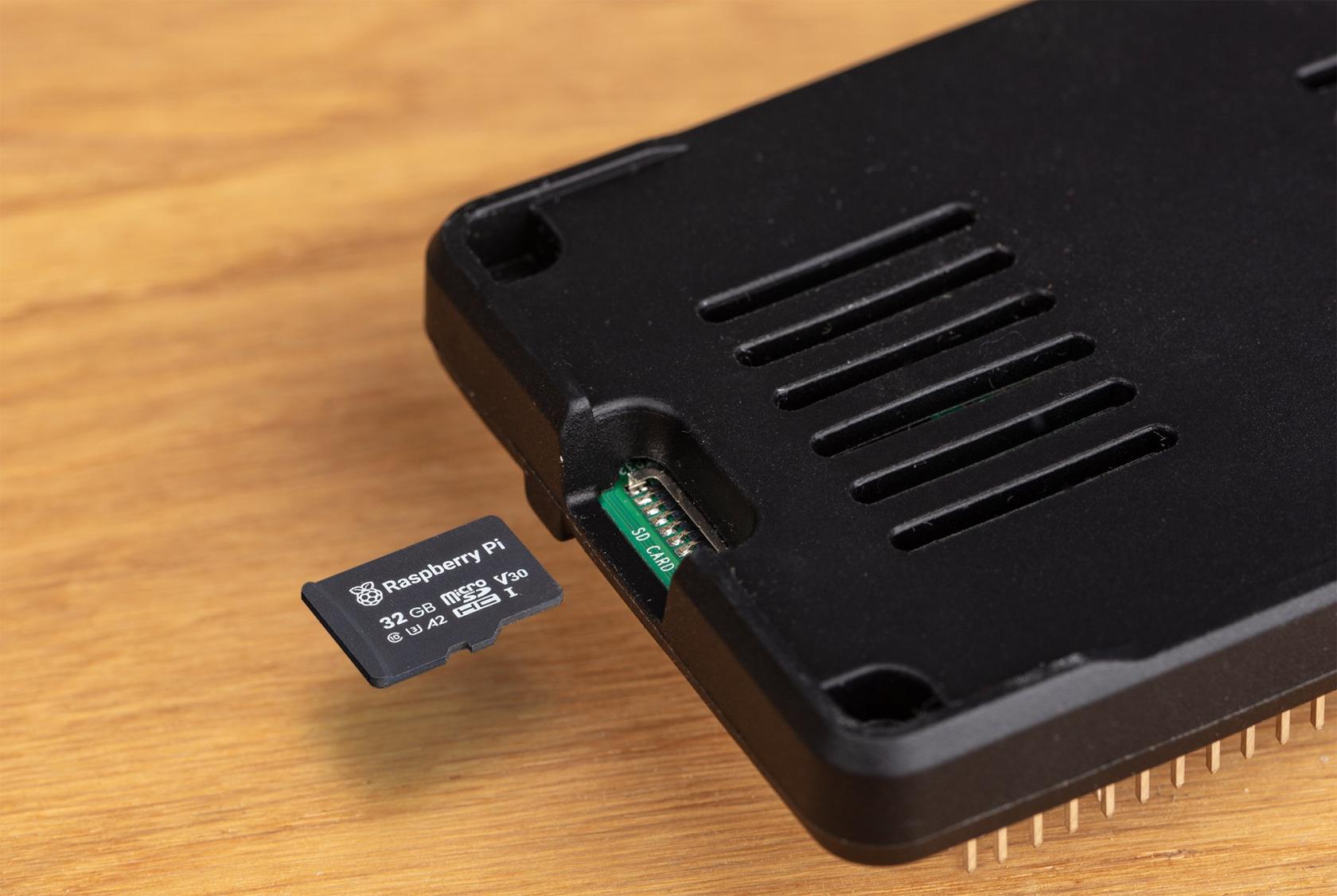 |
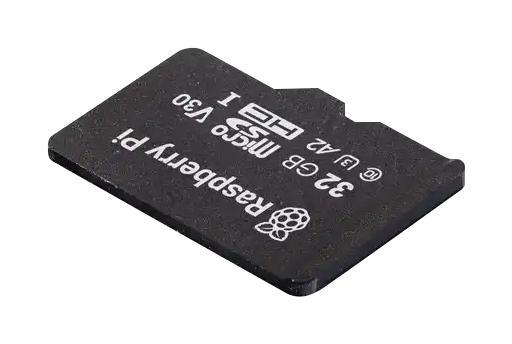 |
Three common categorization systems are the:
- Speed Class
- UHS Speed Class
 |
 |
These are signified by symbols visible on the SD card and it's packaging. For the best performance, Raspberry Pi recommends a Speed Class of C10 – or a UHS Speed Class of U1. These provided a guaranteed transfer speed of 10MB/second. 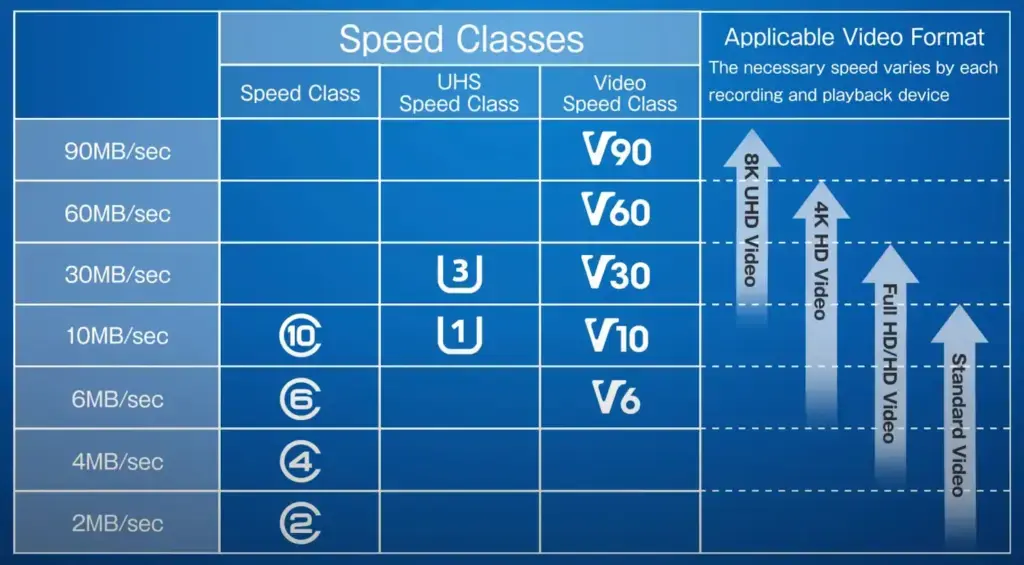
In addition to the on-board SD card, Single-Board Computers are equipped with USB3.0 ports to connect additional storage space. For the best performance, you can even buy an add-on to attach an M.2 NVMe drive.
Personal Computers
Traditional computers often have an array of ports for attaching storage drives. Depending on the form factor of the computer – such as a mini PC as compared to a Workstation – there can a wide range in the quantity.
Compact PCs often support one or two additional drives, while a full workstation computer can often accommodate six or more. This can be a combination of M.2 slots and SATA ports. For external storage, most computers have USB3.0 or even eSATA.
Connectivity
A network-connected server should be connected to your router with a hard-wired Cat6 Ethernet cable. Wireless internet should be avoided for always-on services where reliability is crucial. Your server should have a 1Gbit or preferably 2.5Gbit connection speed.
| Settings_ethernet |
Wired Connection 1Gbit or higher; Cat6 RJ45 Ethernet cable |
| Wifi |
Wireless Connection Disabled |
| Bluetooth |
BlueTooth Disabled |
BlueTooth can be used to connect smart devices to Home Assistant, but is not crucial for any server functions and should be disabled when not in use. BlueTooth hacking is a common avenue for exploitation when left on.

